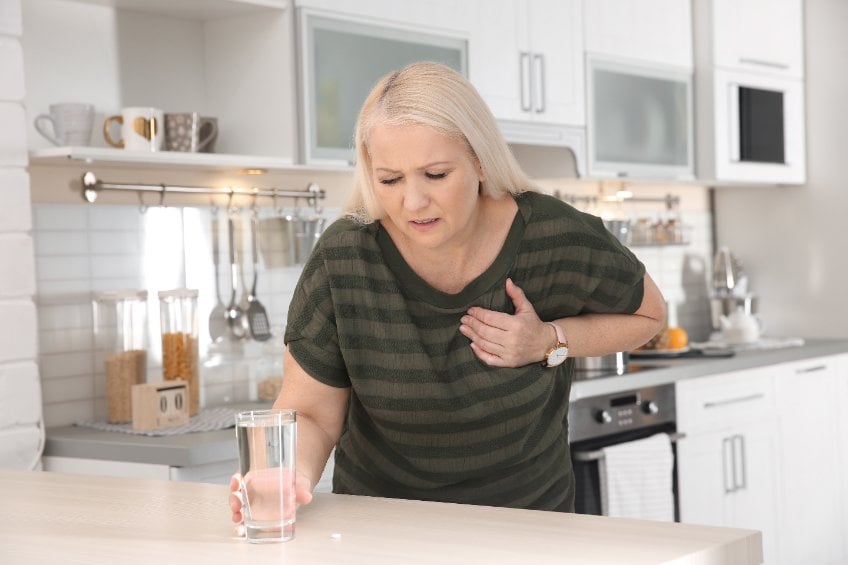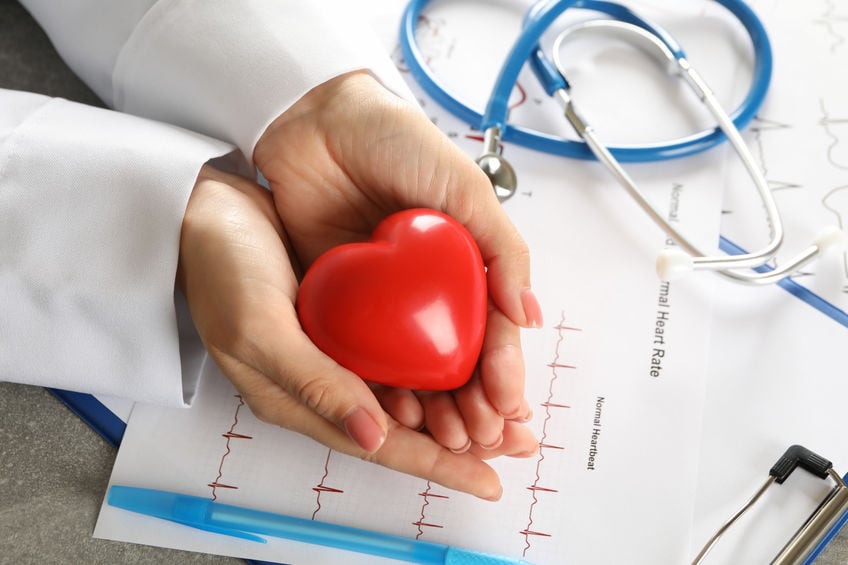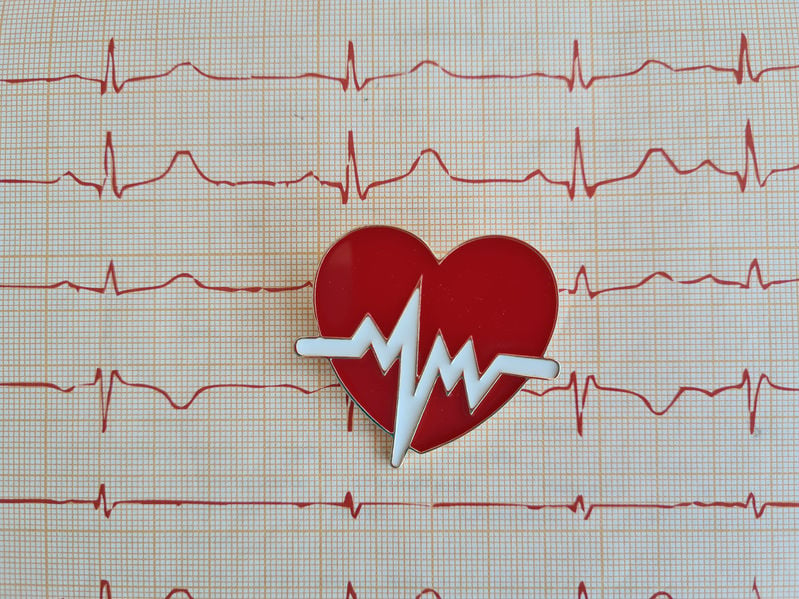Do I Need To Go To The ER For Chest Pain?
Unexplained chest pain can be troubling and anxiety-inducing, leading countless patients to head to the emergency room (ER). The most common form of arrhythmia in clinical practice, an estimated 1-2% of the US population experiences atrial fibrillation each year. Commonly associated with serious health issues such as strokes and cardiac events, arrhythmia motivates many patients to seek help at a hospital or care center. However, anxiety can cause chest pain and rapid heartbeats as well, creating potential false alarms of a major cardiac event. Determining the difference between anxiety and arrhythmias helps patients know when to visit the ER.

Atrial fibrillation vs a panic attack
When not connected to a cardiac issue, palpitations are most commonly caused by anxiety. Impacting 1 in every 5 people, anxiety disorders are the most common mental health issue throughout the US. Caused in part by an overactive fight or flight response, anxiety is not generally life-threatening. Many patients experience a pounding heart when anxious. However, seek medical attention when palpitations are prolonged or combined with chest pain, breathing issues, dizziness, or confusion.
Lowering your risk
Stress causes an overall negative effect on health. According to recent studies, stress and mental health issues can cause cardiac symptoms to worsen. As a result, taking care of the body and finding ways to manage stress limit the risk of developing arrhythmia in the future. Shifting to a balanced diet rich in calcium, iron, and fiber gives the body the building blocks needed to manage any potential health conditions. Limiting tobacco helps keep the body healthy as well, lowering the possibility of breathing issues.
Maintaining mobility
Maintaining an active lifestyle keeps arteries open and lung functions in check. For patients with a family history of heart problems, activity limits the internal calcification that causes serious disturbances, such as heart attacks. At least 30 minutes of daily moderate physical activity, such as swimming or brisk walking, provide activity while limiting stress on the mind and body. More intense sports, such as running or cycling, can provide extra benefits, depending on patient needs and ability.
Finding balance
Whether anxiety or arrhythmia, chest pain serves as a wake-up call for lots of Americans. Switching to a healthy diet, limiting tobacco use, and adding 30 minutes of movement a day can mean the difference between life and death. However, an isolated rapid heartbeat does not usually make a major cardiac event. Seeking medical care is a must when arrhythmia presents with chest pain, breathing issues, dizziness, or confusion. No matter the patient, teaching the difference between a panic attack and a major cardiac event can help save lives and maximize hospital resources across the country.



